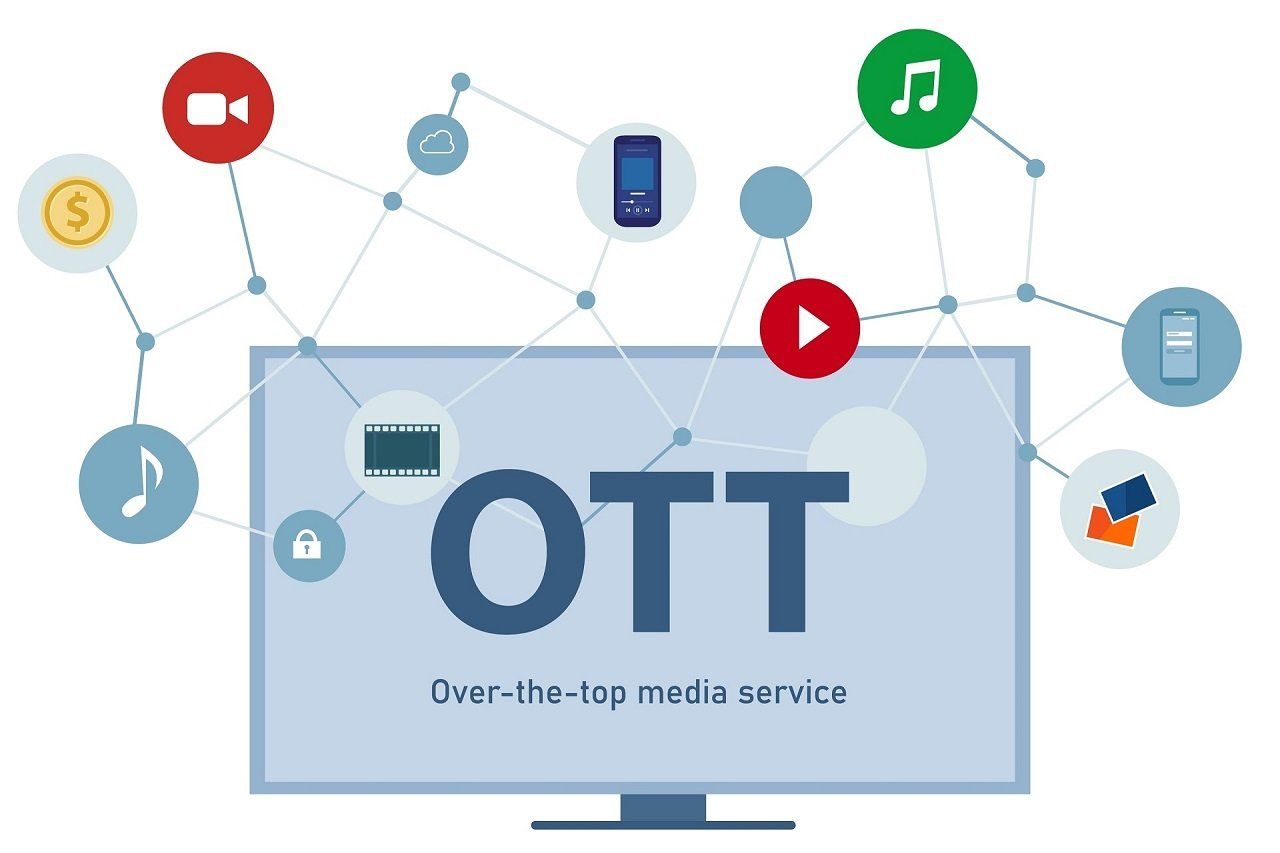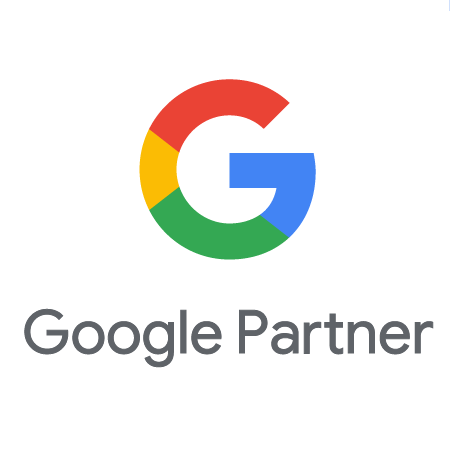What Is OTT And How Does It Work?

The television made its entry in a big way during the 1980s, and this is the time when color televisions became a household name. Before this, we had the black and white sets. These were antenna-based. Then came the cable network. Finally, with the advent of the internet, the viewing experience underwent a complete change.
IPTV
Internet Protocol TV, or the IPTV as we call it, requires a TV subscription, a contract with a television service provider, a set-top box, and a technician to connect it all to a good high-speed internet connection. The content is delivered to all those who have subscribed through private “multicast” MPEG transport stream networks. This means several streams are driven to numerous consumer locations, like satellite TV and digital TV. This practice locks the consumers to one service provider based on whichever is offered in your area. Moreover, the viewing content is limited to only those channels that are available in that particular area or region.
OTT
The limitation of IPTV resulted in the emergence of OTT or Over-the-Top video. It is the delivery of viewing content like videos and movies to anyone with an internet connection by going over the top of the broadcast television. In simple language, it means, one can now watch the television content:
1. Anywhere – Watch videos and movies from the comforts of your home, office, hotel, garden, park, or car.
2. Anytime – There’s no need to sit down in front of the TV at a fixed time anymore. You can watch your favorite series anytime, be it early morning or late at night, or whenever the whim strikes.
3. Over Any Smart Device – The TV is not the only medium to watch the videos any longer. One can view them on a phone, laptop, and even a tablet.
4. Using Any TV App Or Streaming Service – One can use any streaming app like Sling or Tubi and watch any streaming app like TLC, HGTV, Netflix, Amazon, Hotstar, etc.
Difference Between OTT And CTV
CTV is connected TV. When you connect a device like Xbox, Amazon Fire Stick, Google Chrome, or Play Station to the television, it is what you get. So CTV uses a device to consume the OTT content.
In OTT viewing, there is no additional device involved.
How OTT Works
An intrinsic problem with providing TV viewing content over the internet is contending with a varying range of network performance. The performance itself is dependent on:
1. The speed supported by connection (like Wi-Fi, LTE, Fiber, or DSL).
2. The device being used for viewing the content like phone, Apple TV, Laptop, Roku, etc.
3. The number of network hops between the service provider and the end-user.
At the macro level, OTT structures (systems and technologies) are meant to reduce the effect of the parameters mentioned above by presenting the best-effort methodology to serve the content. In short, OTT will adapt to the network performance and ensure that the viewing experience is delivered without any pauses. Essentially speaking, it means there is no buffering, and hence, no waiting period.
In the case of networks that are slow, OTT will scale down to lower or slower speed. Conversely, for fast networks, it will scale up or buffer extra content to get ahead and even out those periods when the network slows down.
OTT Benefits For Advertisers
OTT is a game-changer for advertisers. Here’s how they benefit from it:
1. Hyper Specific Audience – Advertisers can now target a particular audience who is interested in watching their ads. This can be based on contextual demographics or behaviors, and such. So you succeed in capturing the attention of the ideal prospective customer even before they become aware they need the product or service you are offering. In retrospect, TV advertisements are watched by many, most of whom have no interest in what you are selling. So your ads are a waste for them.
2. Guaranteed Advertisement Viewership – When watching OTT content, the viewers cannot skip ads. It can’t be done even with ad blockers or changing the channel. So, the target audience will watch the complete ad. If it makes an impression, it will convert to a sale.
3. Geographic Advertisement Targeting – A TV broadcast ad is viewed by all the people in a Designated Market Area (DMA). The problem with it is, DMA contains your high-priority target areas as well as those areas that are very low on your list. But you can’t separate them. Not anymore. OTT allows you to select specific zip codes where you want your ads to be shown. Hence, you easily avoid all non-priority locations.
4. Insightful Analytics – All the OTT content is consumed over the internet. The most significant advantage of it is that you can see how well the ads perform through advanced and insightful analytics. Accordingly, if there’s a need, the ad can be optimized for even better performance.
5. High-Quality Impressions – Hyper-specific audience targeting, fixing the geographic location, and guaranteed viewership ensure that all impressions are high-quality. It’s making every penny count. You are no longer wasting the ads on people who are least likely to buy the product or service.
Conclusion
Local businesses have much to gain from OTT advertising as national and international ones. As more and more people are cutting the cord and moving to OTT content, you can rest assured that the viewership is only increasing, making for easy and improved targeting options for all OTT advertisers. So small and big businesses alike can reach out to those people who fit their buyer or customer persona.
The gaining popularity of OTT amongst the masses and their need to turn to Google when looking for local businesses to fulfill demands is an opportunity to exploit to your advantage. However, this is possible only through OTT advertising. If you are desirous of complementing your digital marketing endeavors and creating brand lift by increasing leads and sales, contact Oamii . You can reach out to us at (561)228-4111 or Email us at info@oamii.com.
Disclaimer: The information on this website and blog is for general informational purposes only and is not professional advice. We make no guarantees of accuracy or completeness. We disclaim all liability for errors, omissions, or reliance on this content. Always consult a qualified professional for specific guidance.








